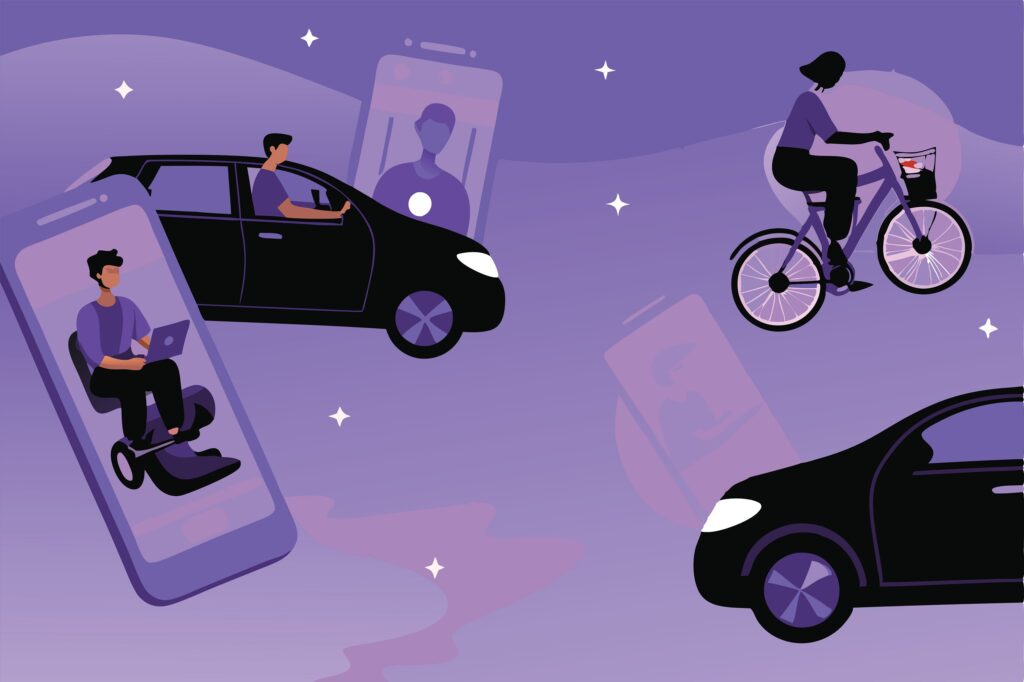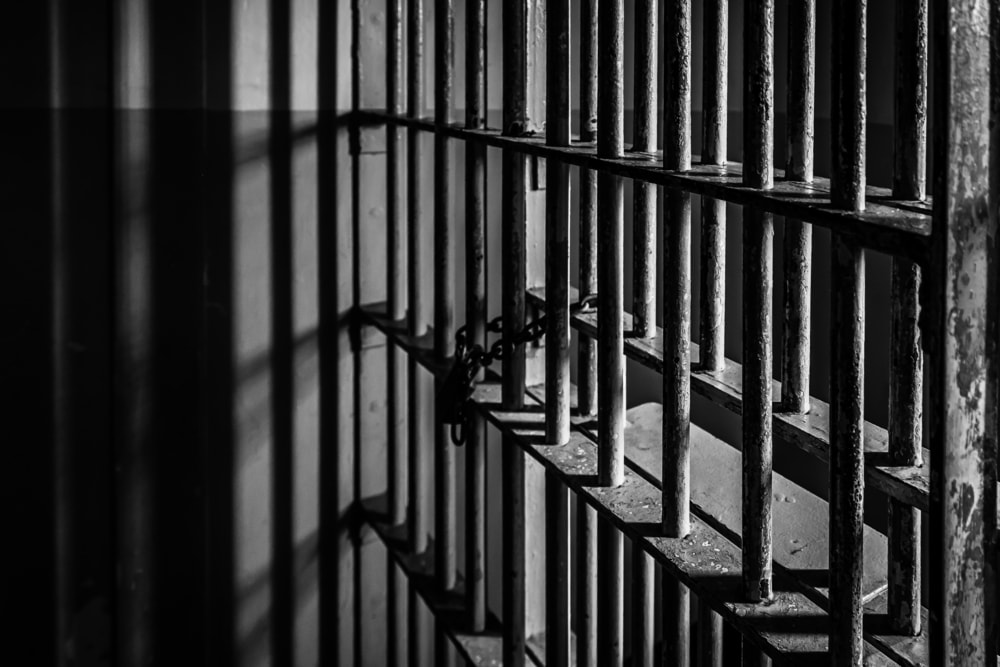Boosting Connectivity to Help Conquer COVID-19
The COVID-19 pandemic has forced everyone to work, study and socialize from home, putting American broadband networks to the test. And despite internet traffic surging by nearly a third, our internet hasn’t broken under the stress, with only minor slowdowns so far. Market-driven policies, which generate more than twice as much investment per household as in Europe, have avoided any need for government requests to throttle popular services like Netflix, YouTube and Facebook. Unlike in Europe and Australia, Americans can continue to follow Joe Exotic’s escapades in 4K Ultra-HD if they want to.
But these benefits are not evenly distributed. Tens of millions of people still lack access to broadband, while millions more have access from only one provider with no choice of competitive alternatives. This was a serious problem before the COVID-19 pandemic, and now it’s even more dire. The digital divide between the connected and unconnected, and the homework gap it creates between students with and without access to broadband, have never been more stark.
It’s now up to the broadband industry and policymakers at all levels of government to help as many Americans as possible remain connected during the pandemic and then bridge the divide afterwards by promoting widescale infrastructure deployment throughout the country.
The Federal Communications Commission is already approving temporary spectrum licenses for carriers and waiving its gift rules to allow schools, libraries and telemedicine providers to purchase Wi-Fi hotspots using their Universal Service support. It’s also set to open 1200 MHz of spectrum in the 6 GHz band for services like Wi-Fi, an unprecedented leap forward in unleashing unlicensed innovation. Not only will this pave the way for much faster internet speeds in both homes and rural areas, but it will also provide a platform for innovators to develop new AR/VR devices and telehealth applications. And the FCC may yet approve further spectrum modifications to help support 5G deployment.
But the FCC can only do so much. Americans also need support from Congress, President Donald Trump, state and local policymakers and the broadband industry itself.
Congress has provided some support already — including hundreds of millions of dollars in the CARES Act for broadcasters, telemedicine and distance learning. But with a projected $4 trillion deficit this year, a major infrastructure package would be practically impossible, so other approaches must be explored.
For example, immediate relief to help consumers pay their broadband bills and keep communications providers and local broadcasters afloat would help maintain these vital services while the pandemic clears out. Once recovery begins, Congress should help address the broadband industry’s labor shortage, particularly among high-skilled workers, by supporting apprenticeships and community technical programs to skill, reskill and upskill potential workers. To address the growing demand for wireless spectrum, Congress should identify new frequency bands that can be used to support commercial services like 5G. And President Trump could personally help finish the FCC’s work in repurposing the 3.1–3.55 GHz band by encouraging the Defense Department to finish its study of the band as Congress directed.
State and local policymakers can also help boost connectivity. If they have room in their budgets, states can issue grants to deploy rural broadband infrastructure, like Tennessee recently did. Or they can pursue creative solutions, like the communities parking Wi-Fi enabled buses in neighborhoods to help connect students who lack access to broadband at home. And perhaps most importantly, they can work with broadband providers to streamline approvals and minimize unnecessary red tape, as many states have done already.
Finally, the broadband industry itself must rise to the challenge and help conquer COVID-19. Most broadband providers are happy to do their part for local communities, and more than 700 already agreed to open their networks and waive late fees to help keep Americans connected throughout the COVID-19 pandemic. If policymakers can maintain and cultivate an environment that’s friendly to investment, we’ll see billions of dollars in private capital spring forth once the pandemic has passed to deploy new networks, boost speeds and connect all Americans to the real digital infrastructure our country needs.
The COVID-19 pandemic has shown us all just how vital reliable connectivity is to modern life. Policymakers and service providers will need to work together to ensure that everyone in America has access to it going forward.









